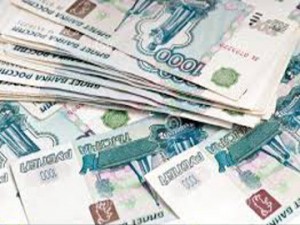
Russia is considering temporarily relaxing rules affecting how the country’s banks calculate the risks associated with certain consumer loans, according to a central bank source.
The cost of financing and loan-loss provisioning jumped for Russian banks last year, hurting profits and eroding capital after Ukraine-linked sanctions restricted their access to Western markets.
The central bank started to increase the cost of risk in 2013 in order to cool a boom in consumer lending, setting a risk coefficient of 1.1 for loans with a rate between 25 to 35 percent. It could return the risk coefficient to 1 for several months or until the end of the year to place less of a strain on Russian banks’ capital.
Central bank deputy governor Alexei Simanovsky told journalists that he believed up to 300 banks were currently infringing central bank guidelines on the amount of loans they issue to one borrower or a group of related borrowers. This practice has not changed much since 2013, he added, when lenders were likely infringing but managing to ‘creatively’ meet the requirement.
Analysts expect pressure on Russian banks to increase again this year, Reuters reports, if the economy shrinks by at least three per cent in line with latest forecasts.






